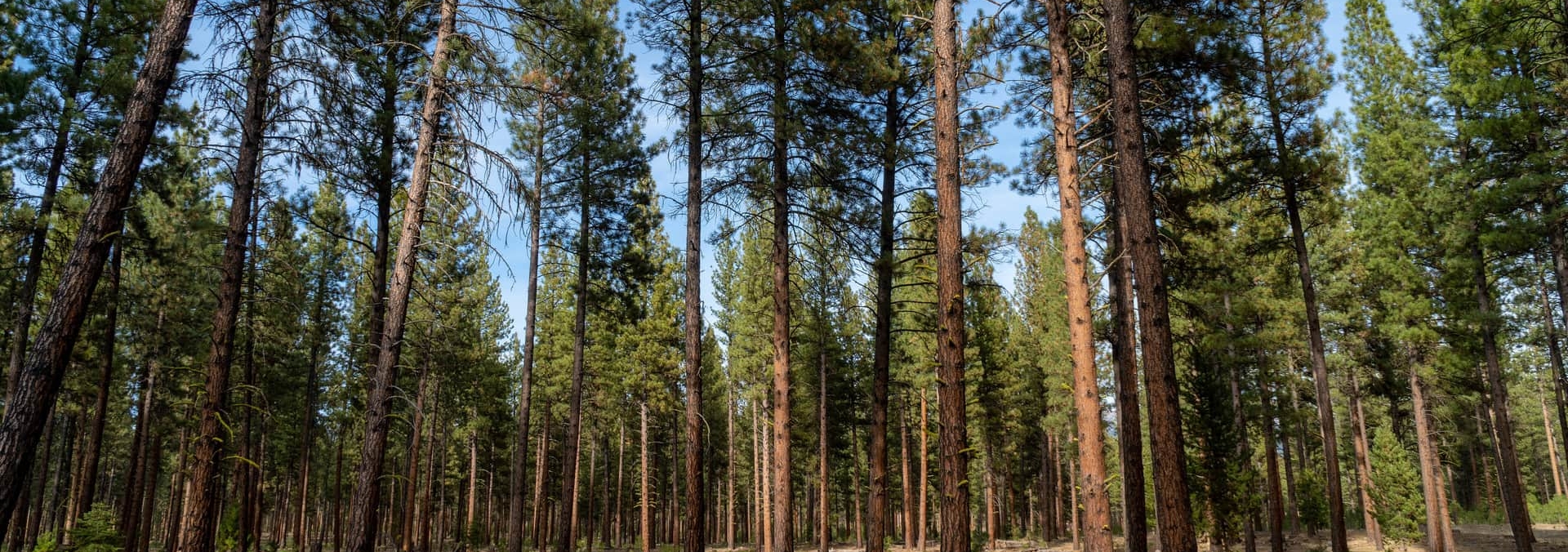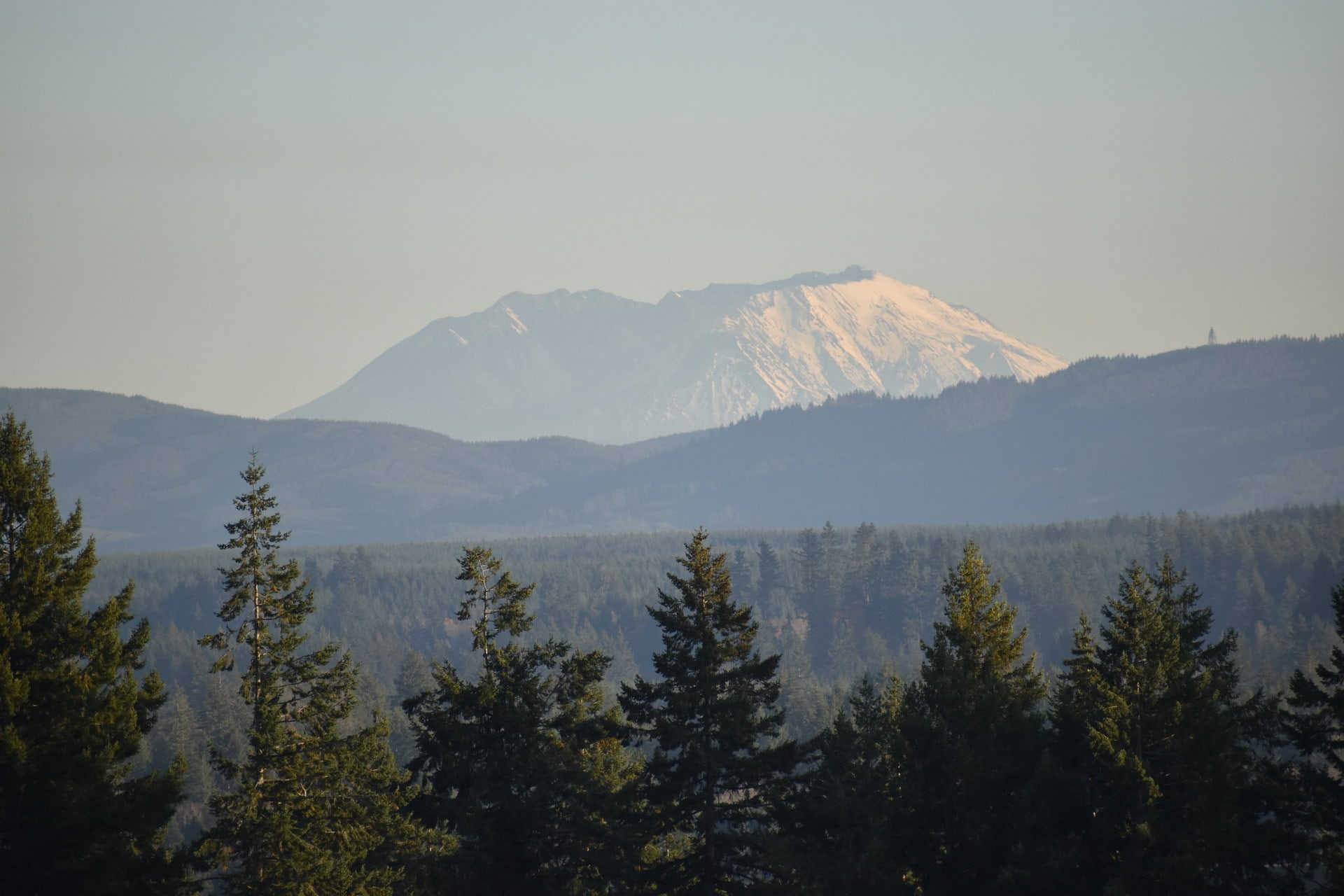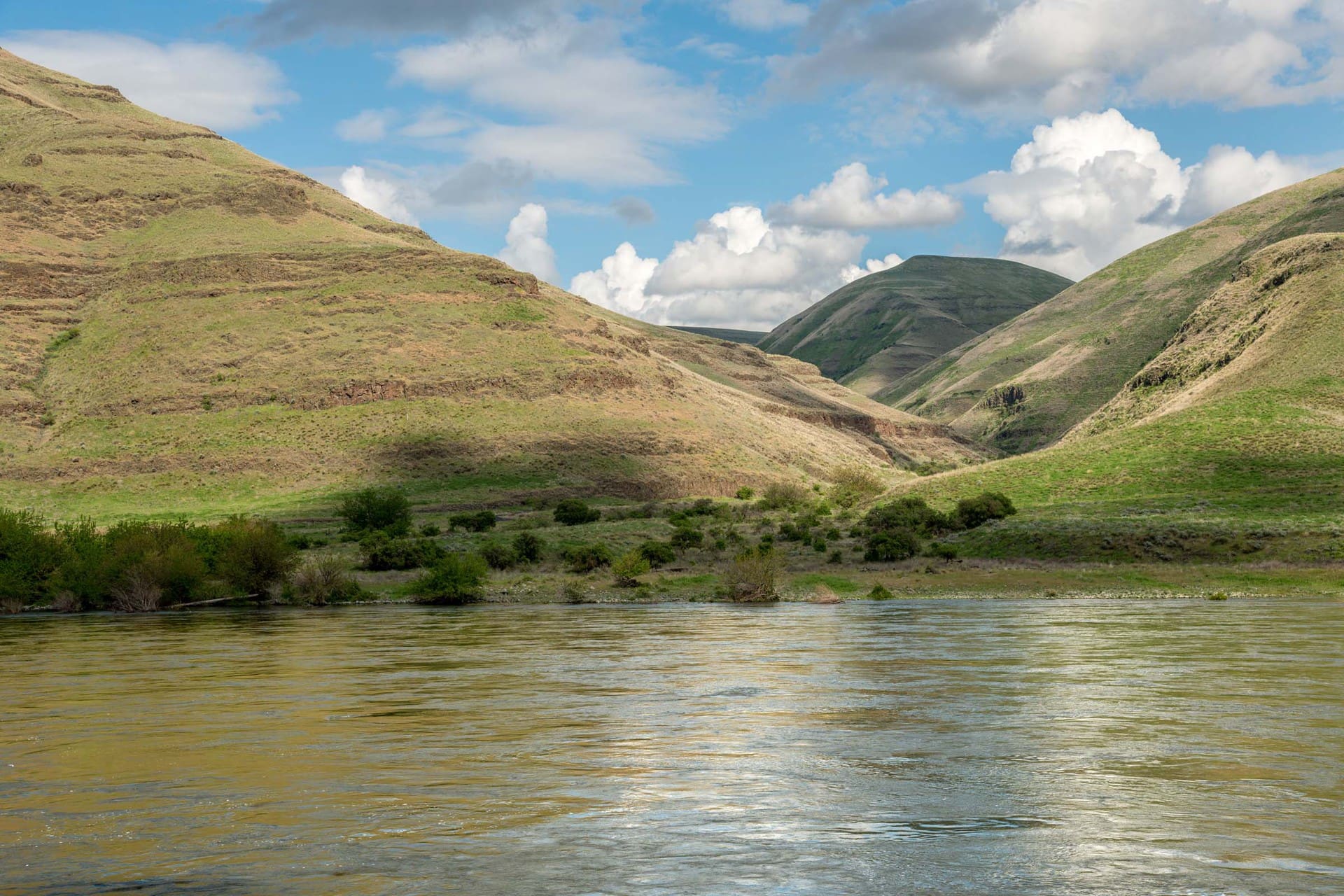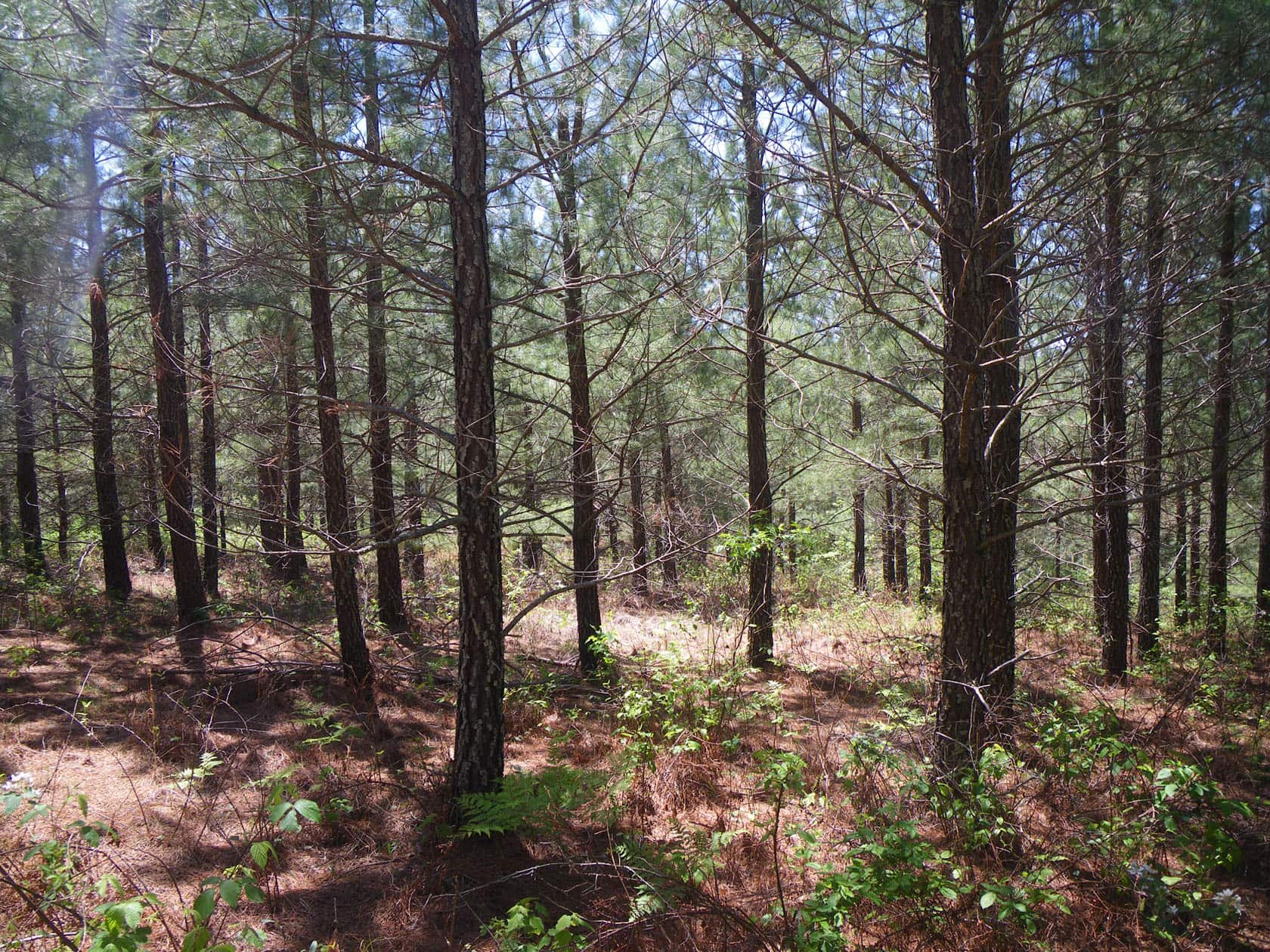Rural Lands Are Worth More Than You Think!
Co-Authored by Troy Dana, Designated Broker, Fay Ranches and Eco-Asset Solutions & Innovations LLC
Why?
Because working farms, forests, and ranches often have ecological assets embedded in land-and-water ecosystems. Ecological assets are the monetized, market-based components of a landscape’s ecosystem services. These assets can be revealed by assessing, developing, and converting them into either cash, via commercial paper such as mitigation credits or certificates, or via estate and land sales value resulting from updated appraisals.
Ecological Assets-Frequently Asked Questions
- What are ecosystem services?
Ecosystem services are sustainable processes at work in the natural world that contribute to the quality of life and economic productivity. Ecosystems provide recreation and tangible goods such as food, clothing, building materials, and pharmaceuticals. They also perform valuable services such as water purification and storage, air filtration, safeguards against floods and severe storms as well as carbon sequestration.
- What are the ecological assets?
Ecological assets are monetized ecosystem services represented in the commercial paper, such as:
- wetland & stream mitigation credits
- species & habitat conservation credits
- water quality credits
- aquifer recharge credits
- soil and biomass carbon credits
Eco-assets (credits) are earned when a landowner (via conservation easement) creates a mitigation bank to protect, enhance, restore or create (PERC) one or more of the following:
- Habitats such as wetlands, vernal pools, native grasslands, oak woodlands, scrub & shrublands,
- Run-of-river habitats for salmon-bearing streams
- Other select, rare species, especially in California, but also Washington, Oregon, Texas, Florida, and a smattering of other states (example: prairie dog in Utah, burying beetle in Oklahoma)
- Waters bodies, including lakes and streams, stream banks, intermittent tributaries, bog lands, marshes, and tidal zones
- Carbon sequestered in the soil, wetland sediments, timber, or other biomass zones
- Aquafer recharge zones for water banking
This earns the landowner mitigation credits that may be sold to various buyers who must compensate, offset or mitigate for construction impacts or from the operation and maintenance of infrastructure.
Mitigation credit buyers can include:
- Business and industry
- Domestic military grounds
- City and county governments
- Commercial and residential developers
- Non-government organizations (NGOs)
- What are the mitigation banking opportunities for landowners?
There are two basic types of compensatory mitigation methods (see figure) – wetlands banking and conservation banking. Different kinds of mitigation banks are possible depending on the landscape.
Next, water quality credits can be earned by preventing or ‘buffering’ runoff to lakes and streams. Aquifer recharge credits can be earned in some areas by returning excess surface water underground. Lastly, carbon credits can be earned by enhancing soil carbon sequestration or stored in biomass with enhanced management protocols. This offsets carbon emissions to the atmosphere. Each of the above methods leads to the creation of ecological assets (credits) exchanged between sellers and buyers in the environmental marketplace.
- How many kinds of compensatory mitigation credits are there?
Depending on the ecological or hydrological characteristics of your land, there may be many types of compensatory mitigation credits available for development.
- Wetland credits – whether open or forested, perennial or seasonal, freshwater or marine, lake or stream habitat types
- Species credits for rare birds, mammals, turtles, frogs, snakes, fish (e.g., salmon), or certain plants… typically state or federal listed… where habitat impacts could occur, and compensation is required
- Habitat credits – for vernal pools, grasslands, forest lands, scrub or shrublands… state or federal listed, where impacts could occur
- How do I know which mitigation banking opportunities could be present?
Develop in-house information by surveying, measuring, and monitoring your rural lands. Or reach out to EASI, to an environmental consulting firm, or to a local qualified biologist. Having detailed knowledge about your land’s natural features could pay handsome dividends. Eco-asset opportunities will only diversify as the ecological economy grows.
- How much are mitigation credits worth?
The value of credits varies from region to region. In Washington State, species or habitat mitigation can sell for as much as $25,000 per credit acre, while wetland credits can be worth $150,000 – $300,000+ per credit acre. Credits in Chinook salmon-bearing streams can be worth $500,000+ per credit acre. Values in Oregon and California may be similar. Eco-asset values in other states may not achieve these heights but can still be several times higher than the traditional per-acre value of timberlands, ranch, or farmland. This opens the door to attract new revenues as well as expanded estate and land sales values.
- What determines the mitigation credit value?
The marketplace determines the revenue potential of commercial mitigation banks, supply, demand, and willingness to pay for mitigation credits. The market has been opaque (non-transparent) for many years. In some areas, mitigation credit supply has been tight. Price volatility is often high as a result.
- How do I find out about mitigation credit prices?
Credit price values can be researched on the Internet. Or, EASI offers pre-packaged, certified credit price data contained in its Mitigation Credit Price Report (click the link for details). Your local land appraiser may also be able to give you definitive examples of local mitigation credit price points.
- How does all of this contribute to land appraisal value?
Mitigation banking is a specialized business with its own language and methodology. As with any business, potential revenue (e.g. gross mitigation credit values) must be figured against development costs, competition from other sellers, as well as overall demand for a product such as mitigation credits. Credit demand (use rate) is usually tightly linked to regional growth. Decisions about preferred yield rates are also critical if a “fair and reasonable” net present value (NPV) and return on investment (ROI) is to be determined. Estimated business results may then be compared to alternative land-use choices (commercial & residential development, natural resource extraction, conservation & recreation), leading to the highest-and-best-use decisions for your land.
The bottom line?
Rural lands are worth more than most landowners think!
Every owner deserves to know the full market potential of their land.
Consider all the potential revenue streams from the hypothetical landscape below. Compare eco-asset opportunities (green) with traditional sources of rural land value. Mix-and-match those opportunities to suit your landscape’s character.

Joette Schalla, ALC, Land Broker of the Year by Colorado RLI Chapter
Fay Ranches is proud to recognize the outstanding achievement of our own Joette Schalla, ALC, who has been named Land Broker of the Year by the Colorado Chapter of the REALTORS® Land Institute. This prestigious award highlights the exceptional professionals in the land industry who demonstrate expertise, leadership, and an unwavering commitment to their clients […]
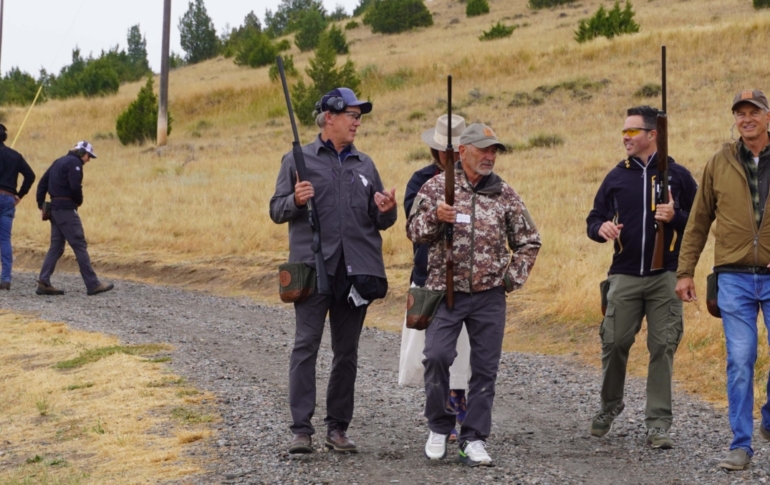
Breaking Clays, Building Futures: Fay Ranches at the First Annual FRCF Clay Shoot
On August 27th, the Fay Rural Community Foundation (FRCF) hosted its first annual Clay Shoot, bringing together 66 participants across 17 teams for a day of sport, camaraderie, and purpose. Despite the rainy weather, the event raised more than $24,000 to support rural communities. For Fay Ranches, this event was more than a fundraiser. Our […]


